Yes 420 2020 Review
I’m not sure if it was the first, but it is the first short ,wide, surfy powder board that I think of when someone says powder board.
[tabs type=”tabs”]
[tab title=”Description” active=”true”]
Features of the Yes 420
- Directional Weird Shape
- Radial Outline
- PowRock 602
Most of the board has a flat profile, with an extended rocker section on the nose of the board, and rocker in the tail. - Weightless Core
Made to get a balance between weight and strength, it has a mix between Poplar and Paulownia wood. - Triax Fiberglass
Three directions of glass give it a responsive flex, with enough torsional stiffness. - Sintered Spec Base
A fancy name that puts it somewhere in the middle between extruded (slower) and sintered (faster). Not quite either. - 12mm Taper
A wider nose than tail helps the nose to float, tail to sink for a surfy ride, that also helps give the board a smooth feel for turns on groomed runs.
Sizes available:
- 145cm
- 148cm
- 152cm
How it Rides
Board size: 148cm
Boots: Salomon Launch Boa SJ 27.5
Bindings: Flux RII
This review is based on me riding the 2020 148cm model, set up with the Flux RII bindings (fairly stiff) set to my regular angles of +12 and -9. Bindings were mounted at the recommended width/inserts.
I was riding it on a great that that has around 25cms of fresh, with sections in the trees that would have had around 50cm of light, fairly dry snow.
Camber Profile
Nothing super crazy with the profile here, it has a larger rocker nose, flat through most of the board with a smaller rocker section on the tail.
Flex and Pop
The medium flex rating was all that I needed for on the 420, the tail is stiff enough that I could smash through pillows and variable snow (quick changes from hardpacked to powder) while having plenty of weight on the back without it feeling unstable.
Being a flat to rocker board, I didn’t get much pop from it on hardpacked snow. If I really put in some effort I could get a little, but that is hardly what the board is designed for, so I didn’t feel like it was missing anything.
Edge Hold
The edge hold was a bit of a surprise. The conditions were good, so even on the most windblown sections of the groomed runs, it was still relatively soft and easy to set an edge. Once the 420 was on an edge, it held with a nice solid feel, all the way through the turn.
Ideally, I would be want to test it on a hardpacked day, but it isn’t really the board that is trying to be an everyday, all mountain board so I don’t think that it matters too much. To me its job is to be a floaty, surfy pow board, that I wouldn’t take out unless the snow was soft and deep.
Float
At first I contemplated mounting the bindings set all the way back, but I figured that I should try it first set to the recommended position, the way it was designed to be ridden. Although the short fat shape is obvious, being set to recommended it doesn’t really look set back that much at all, so I did wonder how well it was going to do when I got in really deep snow.
As it turns out the recommended position was fine, it floated with ease, even in really deep snow.
I have ridden a few vaguely similar short wide boards in powder (Ride Warpig and Superpig, and the Capita Slush Slasher, but this had a very different feel than all of them.
Although it still had a surfy feel, the ride felt more like I was on top of the snow, rather than plowing through it with the nose up and the tail under.
Watching video of me riding it still looks the same as riding any other powder board, but the feeling was noticeably different. It was a very nimble feeling board, probably helped by the small sidecut, but it almost had a feeling that you could swivel it in place, without having to make a big, deep turn – something I haven’t noticed on any other boards.
Tight trees weren’t a problem at all, you can easily make late decisions and turn without feeling like you are limited by how quick the board can turn.
Speed
I had waxed the board just before going out riding, and I didn’t notice it feeling slow when I was in powder, but on cat tracks getting back to the lifts, it did slow down. Yes describe it has being some sort of harder than normal extruded, but softer than normal sintered, which is a confusing middle ground.
I am used to (and had recently been riding) high end sintered bases on Capita, Burton and Salomon, and was riding with people on those bases, which might have exaggerated the speed difference a little.
Pros:
- Floats easily
- Turns quickly
- Holds
Cons
- Slow base
Overall
Overall, I am not sure if any other boards could beat it at the “short wide powder board” category. It floats so easily, turns quickly and is a lot of fun when the snow is deep. The closest board that I have ridden would be the Ride Warpig, though it still has quite a different feel.
If you are looking for a dedicated surfy powder board, it would be a good choice, just don’t expect it to be that fast when you aren’t in deep snow.
[/tab]
[tab title=”Technical Specs”]
Yes 420 2020 Technical Specs
| Length | Effective Edge (cm) | Setback (cm) | Waist Width (mm) | Sidecut (m) | Weight Range (lbs) |
| 145 | 102 | 1.5 | 260 | 5.9 | 120-160 |
| 148 | 105.1 | 1.5 | 286 | 5.944 | 140-180 |
| 152 | 107.5 | 1.5 | 286 | 6.1 | 160-200 |
[/tab]
[tab title=”Previous Season Graphics”]
[row]
[column md=”6″]
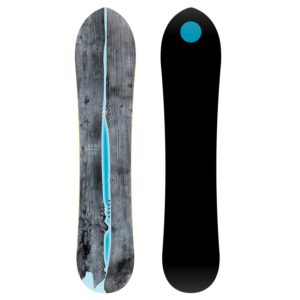
2019
[/column]
[column md=”6″]
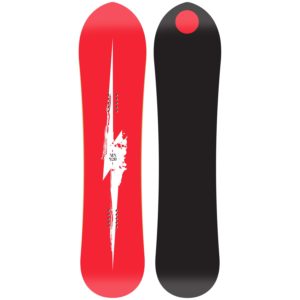
2018
[/column]
[/row]
[row]
[column md=”6″]
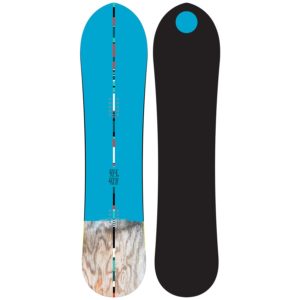
2017
[/column]
[column md=”6″]
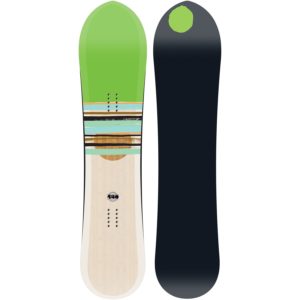
2016
[/column]
[/row]
[row]
[column md=”6″]
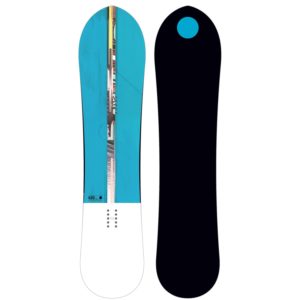
2015
[/column]
[column md=”6″]
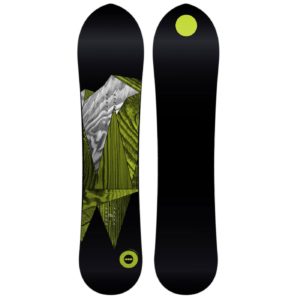
2014
[/column]
[/row]
[row]
[column md=”6″]
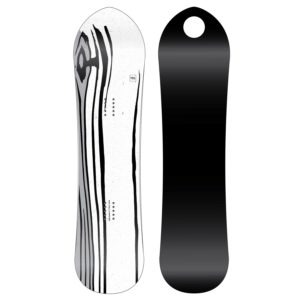
2013
[/column]
[column md=”6″]
[/column]
[/row]
[/tab]
[/tabs]
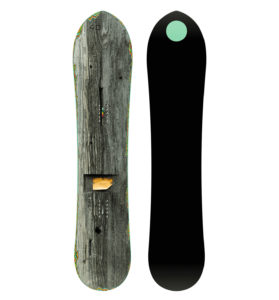
Find the best price on the Yes 420